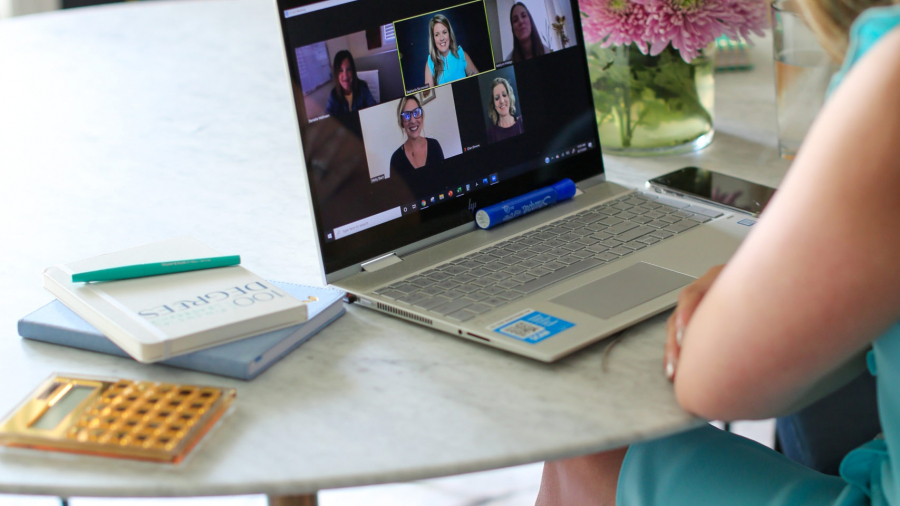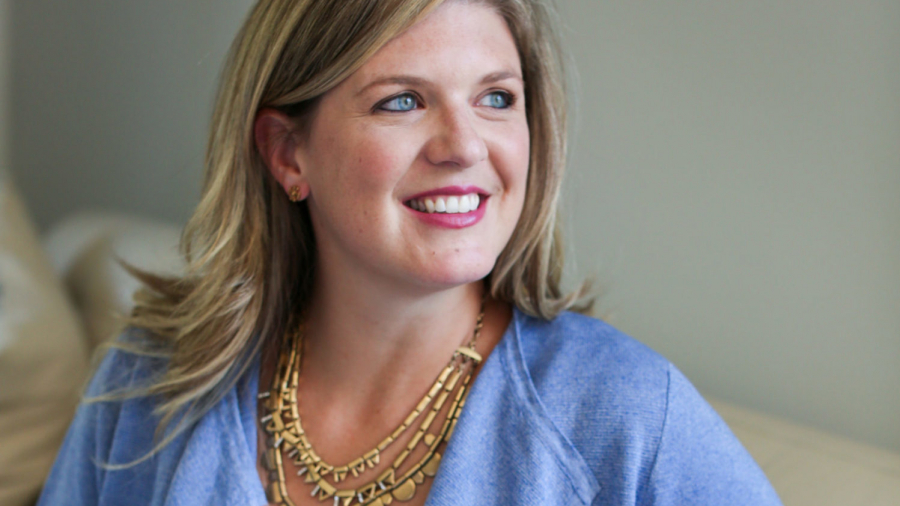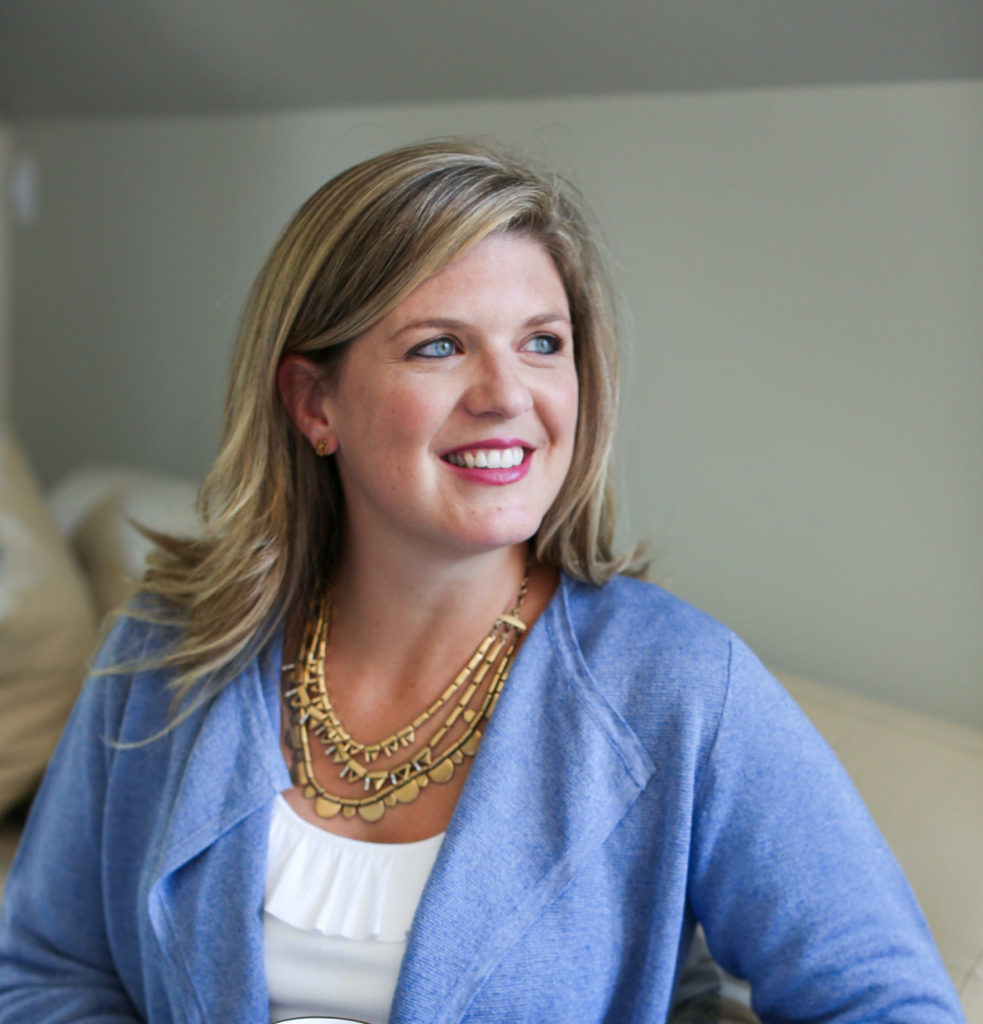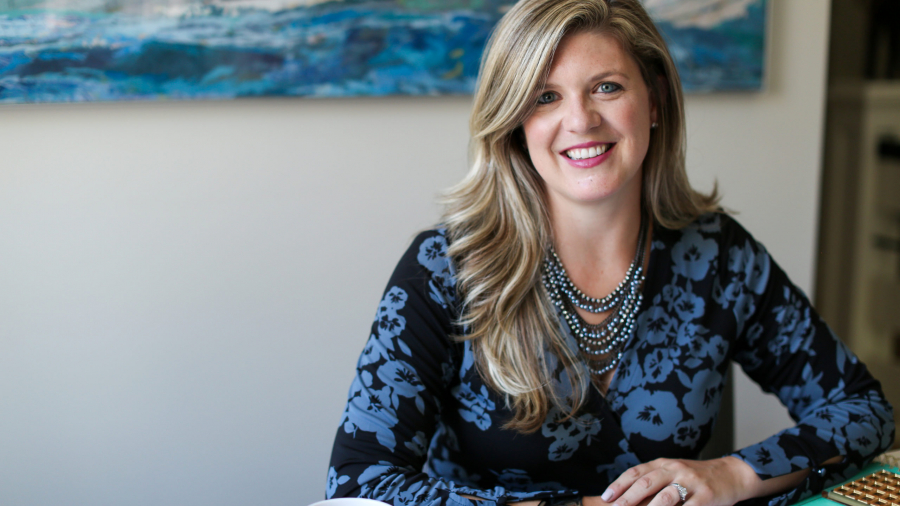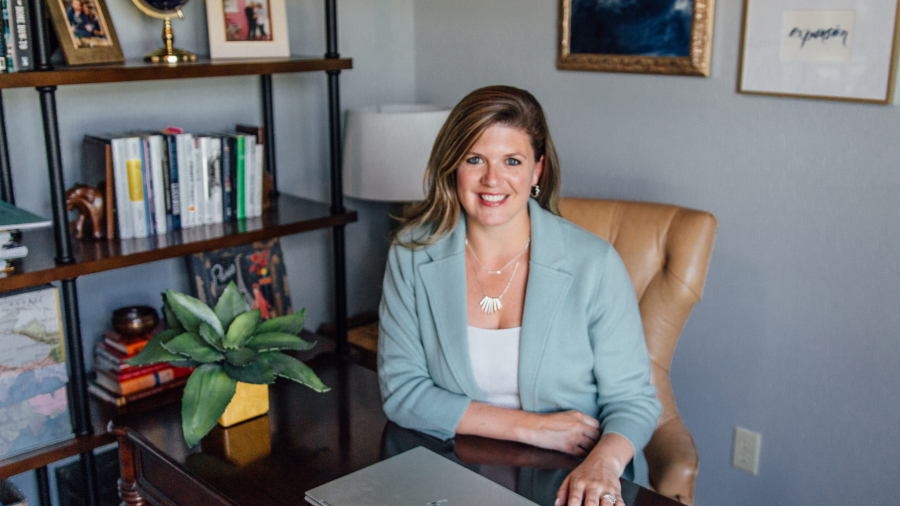
Hold onto your seats because I have a potentially controversial opinion to share with you today:
Debt is not inherently bad.
I get asked the question a lot: Is it ever okay to take on debt in my business? Should I get a loan or use a credit card in my business?
We are conditioned to believe that debt in our personal lives is bad, and in many cases consumer debt holds us back from true financial freedom.
Spending more than you make is only a recipe for disaster and the same is true in our businesses. It can be very easy to invest in our businesses too soon, hire the wrong people, get more software and systems than we really need, and dump money into strategies that haven’t proven themselves to work yet.
I’ve found that overspending often leads to taking on debt with a false hope that the cash influx will magically change habits and solve all of your problems.
I think we can all agree that that solution never works.
However! Using a business credit card or obtaining a loan or line of credit can work really well in certain situations and is totally acceptable in my book. Now before you run out and apply for the first loan you can find, I am going to share when it’s okay to take on debt in your business, when it’s not okay, and what you must absolutely do first!
Ready?
It can be okay to take on debt when…
-
- Timing is an issue. Many businesses have high months and low months. They know, based on historical numbers, that a particular month or quarter is slow in terms of revenue, but that the following quarter always picks back up again. They may need an influx of cash to cover operating or advertising expenses in advance of a big sales month and this is when it’s okay to take on debt. They know that sales are basically guaranteed, and are substantial enough to cover any debt they take on.
- You need capital expenses for production. Other businesses may need cash in order to produce a particular product or line in advance of sales, especially if there is not unrestricted or generating operating cash to fund manufacturing or production. This is another time when it’s okay to take on debt to produce products, provided there is a proven market to purchase the product at healthy margins.
On the flip side, it is not okay to take on debt when…
-
- You don’t have a proven business model and/or a plan for revenue. I am only comfortable with a business taking on debt if they have already been successful with their current business model. People have already purchased your products or services and it isn’t a brand new, untested idea. The last thing you want is a boatload of inventory, no one to purchase it, AND a brand new debt payment you can’t make. So test that idea before taking on debt!
-
- You haven’t tried other things to improve your cash flow first. If you find yourself short on cash, I do not recommend taking on debt before doing what you can to improve your situation first. Cut unnecessary and unused expenses, reduce those that aren’t generating a solid ROI, and increase revenue streams that ARE working. Debt is NOT the easy way out so work through your P&L before taking on significant debt.
Now that you’ve read the above and think your business still might be a candidate for a loan or line of credit, here’s what you must do first…
-
- Create a 12-18 month forecast of revenue, expenses, and cash. Think through the future of your business and map out every revenue stream, every expense, and your cash flow for the next 12-18 months. This may seem like a long time, but you want to ensure that your business is growing in the right direction, profit is strong, and you will absolutely have the cash to repay the loan or credit card, when payments start to kick in. Need a template? Grab one here: 100degreesconsulting.com/plan
-
- The forecast must include a realistic path to profit and debt repayment. The key word here is realistic: your forecast should assume the most realistic revenue, expense, and cash scenarios. Think about scale – maybe your product or service will sell a few the first month, more the following month, and be full-scale in month three. Think about timing – your launch may be projected to having amazing sales in November, but the cash might not land in your bank account until December.
So, to summarize my stance on business debt: I’m okay with temporary debt if you have a proven business model, revenue stream, and 12-18 month projections for repayment and strong margins. I’m not okay with debt if you’re using it to fund ongoing operating deficits.
Sometimes putting things on a credit card or taking out a loan is simply a matter of timing – if your business is cyclical, a quick cash infusion may help keep you in the black until revenue picks up and you’re easily able to pay it back.
The key is knowing exactly what’s around the bend with a forecast.
What do you think? Are you anti business debt or do you believe it’s okay under certain circumstances?
Want help building your forecast to see around the bend? Schedule a chat with us!


